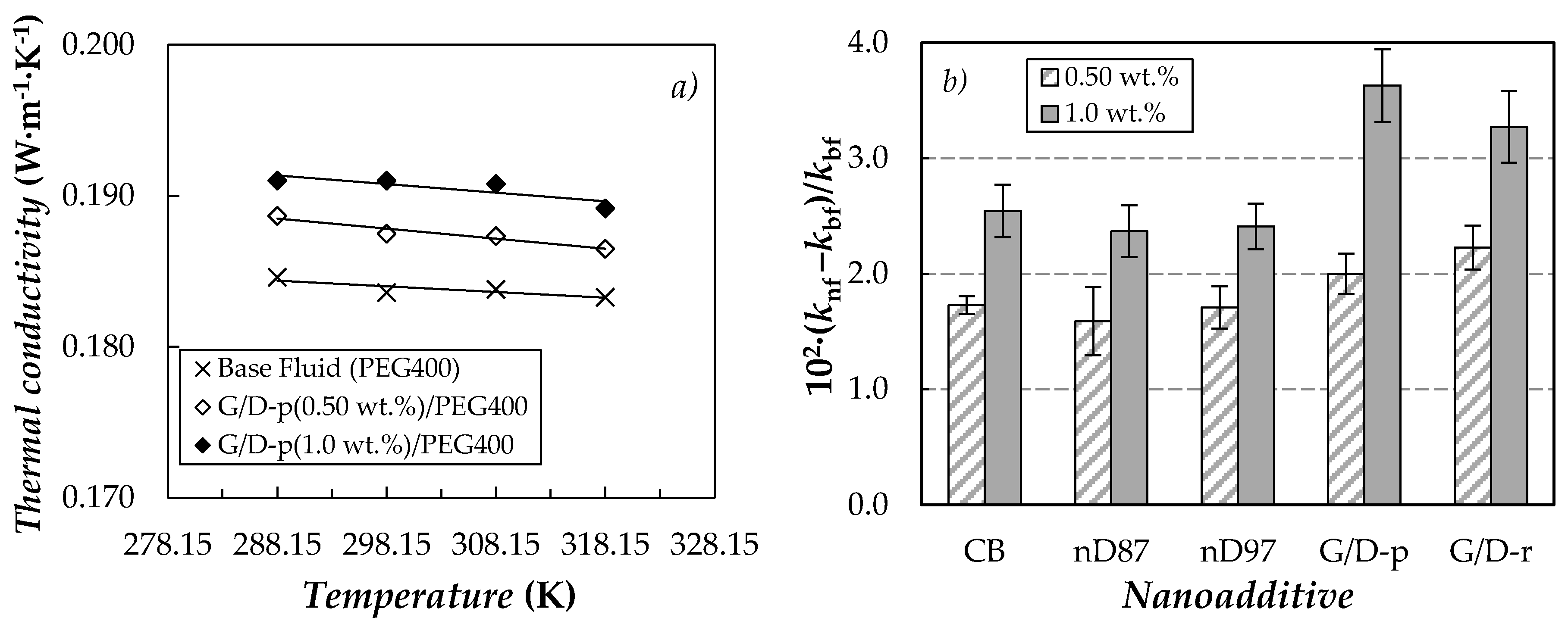

In this paper, we first provide a critical review of the basic switching mechanisms to realize active metasurfaces and device implementations.

Meanwhile, the active meta-optical device architecture demands a multiscale, multiphysics systematic design framework spanning from individual meta-atoms to macroscopic meta-optical systems. We quantitatively show that challenges for designing reconfigurable metasurfaces are exacerbated as compared to their passive counterparts since multiple objectives are typically required to realize a plurality of functionalities. We outline practical challenges and address how the design strategies are correlated to and can be harnessed to improve the performance of such meta-optical devices.

While several review articles have covered the development of this field, ,, ,, ,, , we choose to approach this topic from a distinctive perspective by focusing on the design principles of active metasurfaces at optical frequencies (i.e., ultraviolet to infrared ). These tunable devices are customarily known as active metasurfaces.Īctive metasurfaces have received concentrated attention recently, emerging as a promising area on the path toward practical implementations. Integrated with active components, the flat, pixelated metasurface architecture further facilitates the local and global tuning of their optical responses. Passive metasurfaces have successfully demonstrated important spherical, chromatic, and angle-dependent aberration correction capabilities, ,, ,, ,,. The promise of metasurface optics lies in the arbitrary control of electromagnetic waves with an optically thin form factor that cannot be obtained by traditional bulk optics. Optical metasurfaces consist of nanostructured meta-atoms arranged in subwavelength arrays that allow on-demand manipulation of the phase, amplitude, and polarization of light, ,, ,,. However, the additional degrees of freedom (DOFs) usually impose significantly increased system complexity and size, as well as sensitivity to mechanical actuation accuracy. The capability is conventionally realized by mechanical means, for example, in zoom lenses and deformable mirrors. Reconfigurable optical systems allow dynamic optical response tuning and thus bring in dramatically expanded functionalities compared to their passive counterparts. The discussed approaches are illustrated by specific examples of reconfigurable metasurfaces based on optical phase-change materials.
#Pcmscan error 101 full#
In this article, we provide a critical review on the active meta-optics design principles and algorithms that are applied across structural hierarchies ranging from single meta-atoms to full meta-optical devices. Designing reconfigurable optics based on active metasurfaces is, however, presented with a unique challenge, since the optical quality of the devices must be optimized at multiple optical states. A particularly intriguing research direction within this field is active metasurfaces, whose optical response can be dynamically tuned postfabrication, thus allowing a plurality of applications unattainable with traditional bulk optics. Optical metasurfaces, planar subwavelength nanoantenna arrays with the singular ability to sculpt wavefront in almost arbitrary manners, are poised to become a powerful tool enabling compact and high-performance optics with novel functionalities.


 0 kommentar(er)
0 kommentar(er)
